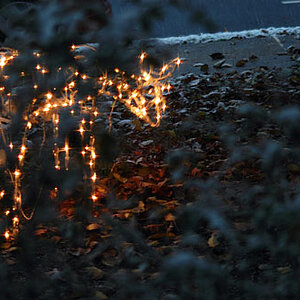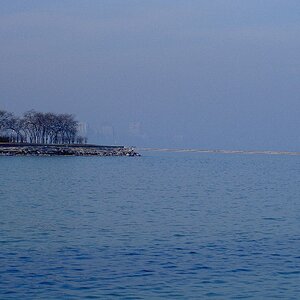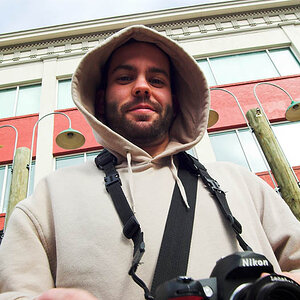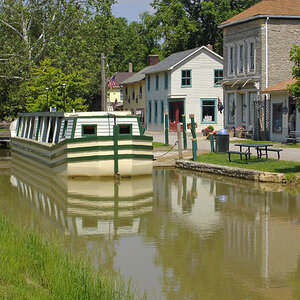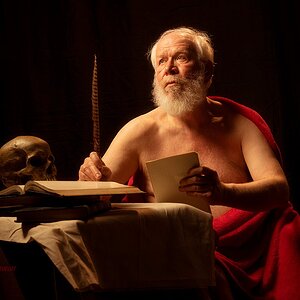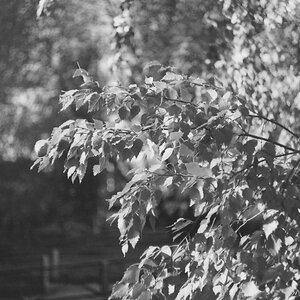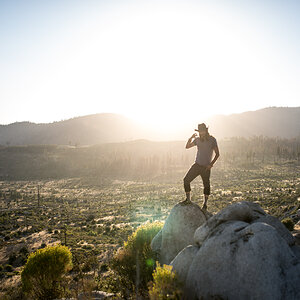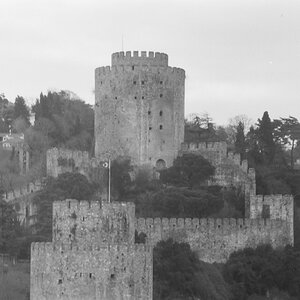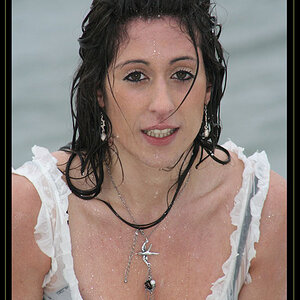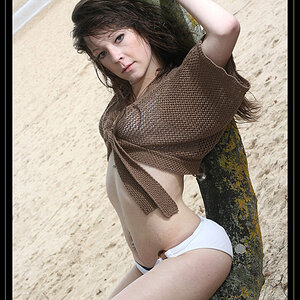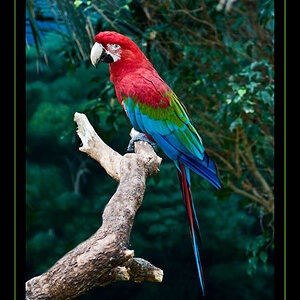in2thewild
No longer a newbie, moving up!
- Joined
- Jan 20, 2016
- Messages
- 142
- Reaction score
- 46
- Can others edit my Photos
- Photos OK to edit
Hello,
I bought a Canon 600 D a couple of years ago and took a class on how to use the manual settings last year. A friend then took me out and explained it all again and tried to get me to figure the settings out. Since then I've been trying to work out how the ISO, depth of field and Aperture all work together.
Did you learn by yourself or what did you do that helped you really get to grips with how the settings work? I've been trying to use the camera just on manual to force myself to learn. Sometimes I get good shots but I feel like I'm walking in the dark and not really sure if they would be considered ' good '.
So I'm trying this forum to get tips from people who have been there!
Thanks for your advice
I bought a Canon 600 D a couple of years ago and took a class on how to use the manual settings last year. A friend then took me out and explained it all again and tried to get me to figure the settings out. Since then I've been trying to work out how the ISO, depth of field and Aperture all work together.
Did you learn by yourself or what did you do that helped you really get to grips with how the settings work? I've been trying to use the camera just on manual to force myself to learn. Sometimes I get good shots but I feel like I'm walking in the dark and not really sure if they would be considered ' good '.
So I'm trying this forum to get tips from people who have been there!
Thanks for your advice



